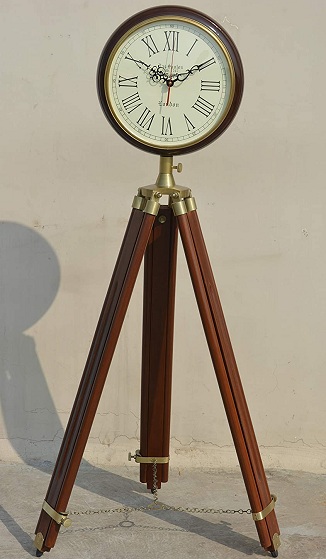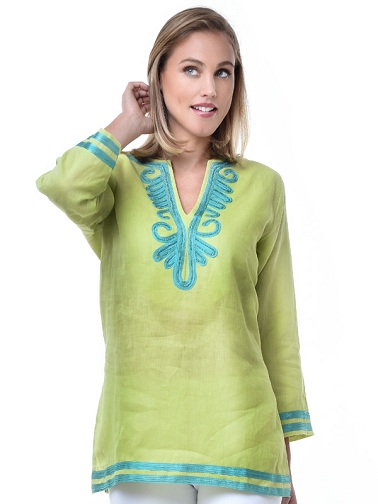Gharchola Sarees – Top 10 Beautiful Designs For Tradition Look
The Gharchola saree is an old saree from the regions of Gujarat and Rajasthan. It began in Khambat, Gujarat, where these sarees were used exclusively for weddings. As Khambat was a port, many traders passed from this place and brought in the weavers of silk. This added to the greatness of the Gharchola saree. As these weavers were good in the art of dying, they produced rich colours of red which are now synonymous with wedding attire.
The Gharchola saree has a distinguishing pattern which is a grid. This is used for brides to enter their new home. The word ‘Ghar’ means home, and ‘Chola’ means clothing, so it is the bride’s costume when she enters her new home.
Gharchola Sarees Importance:
The Gharchola saree is a traditional saree that shows a welcome sign to the bride when she enters the bridegroom’s house. Religiously, the mother of the groom gives this Gharchola to the bride. She then drapes it over her head to show respect and blessings. This draping is also significant as it shows the mother-in-law’s love and the care she will now take for her new daughter-in-law. The Gharchola is also part of the wedding rituals tied to the groom’s stole.
Gharchola Saree Features:
Gharchola sarees are wedding sarees of Gujarat and Rajasthan.
- The bride wears a Gharchola as a dupatta drapes over her head.
- One end of the saree is tied at the waist in a pleat.
- The other end is put on the right side shoulder.
- You can also use this end of the saree to tie to the groom’s stole. This is normally done during the wedding rituals when the pair go around the holy fire.
Which Fabrics are Used in Gharchola Sarees?
The traditional Gharchola saree is made with Venkatagiri cotton, rich cotton from Andhra Pradesh. This cotton has a lovely feel and shines, perfect for weddings. The cotton is great for breathability and absorbs all the rich colours like red, maroon, etc. You can also have Gharchola sarees in a silk and cotton mix, but pure silk is not advisable. Gaji silk is the only type of silk that can withstand the colour dying process, and the intricate work is done on the saree.






















